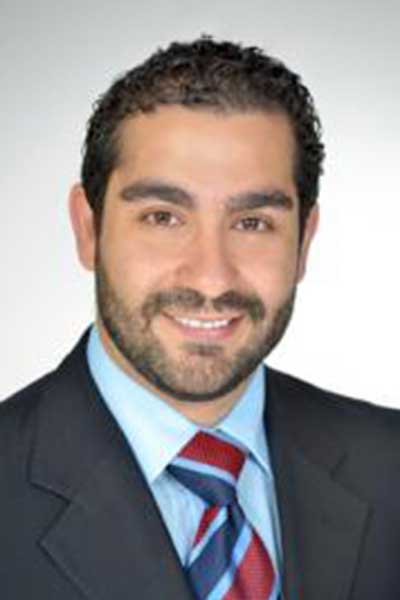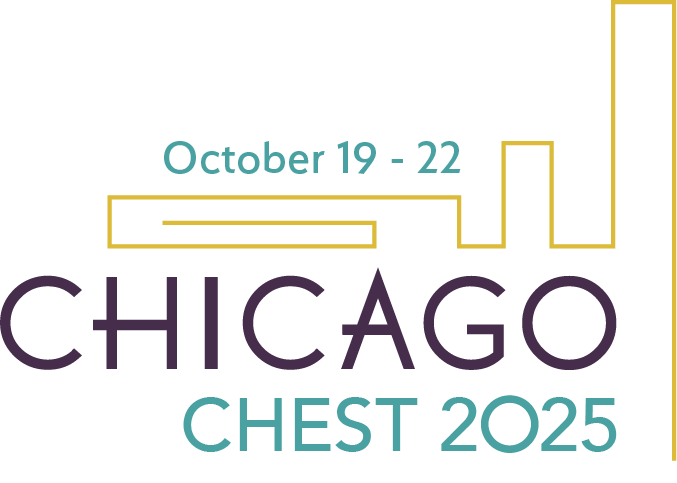One of the largest analyses of patients aged 65 years and older receiving lung transplants in the United States found that bilateral lung transplantation (BLT) had lower rates of graft rejection and 19% better survival at five years compared with single lung transplantation (SLT). Shorter SLT survival was seen despite lower rates of surgical complications, lower reintubation rates, and less postoperative dialysis. There was no difference in 30-day or one-year survival between SLT and BLT.

“The main message is that the single lung [transplant] in this patient population has acceptable outcomes up to one year,” said Senior Author, Haytham Elgharably, MD, Surgical Director of the Endocarditis Center and a lung transplant surgeon at the Cleveland Clinic Heart, Vascular, and Thoracic Institute. “The downside is that you get higher rejection and lower overall survival at five years (with SLT). If you can take the patient through a bilateral lung [transplant] with acceptable risk, it’s better because they have the medium- and longer-term benefits of two new lungs.”
The study, Single vs Double Lung Transplantation in Older Adults, and an accompanying editorial were published in the journal CHEST® in February 2025. The work was first presented as a poster at the International Society for Heart and Lung Transplantation Annual Meeting in 2024.
This study reflects real-world outcomes of patients undergoing transplant—who, because of their age, may have shorter life expectancy—and adds to the discourse between patients and clinicians when considering SLT vs BLT.

“If lungs were something you could pull off the shelf or manufacture, this issue of bilateral or single lung transplants wouldn’t be as hotly debated as it is now,” said Basil Nasir, MBBCh, Clinical Adjunct Professor of Surgery at Le Centre hospitalier de l’Université de Montréal, Montréal. “There is always a balance between utility and justice, where utility means you want to maximize the benefit to the community, and justice maximizes the benefit to the recipient.”
The new study does not resolve the utility vs justice debate but reinforces BLT benefits for many individual recipients.
There are multiple single-center studies on single vs bilateral transplants, Dr. Elgharably said, but little multicenter data on older patients. Researchers queried the Scientific Registry of Transplant Recipients database for lung transplant recipients aged 65 years and older from 2005 to 2022. A total of 9,904 patients were stratified by SLT (4,829 patients) or BLT (5,075 patients) and propensity matched.
Patients who underwent SLT had a shorter length of stay (14 vs 18 days), lower rates of reintubation (14.7% vs 19.8%), and less postoperative dialysis (4.2% vs 6.4%, P < .001 for all). There was no difference in survival for SLT vs BLT at 30 days (97.6% vs 97.3%, P = .414) or one year (85.5% vs 86.3%, P = .496). However, SLT had lower five-year survival (45.5% vs 53.4%, P < .001) and an adjusted hazard ratio of 1.19 for five-year mortality (P < .001).
According to the study, causes of death were generally similar in each group. However, patients who underwent SLT had higher rates of mortality caused by malignancy (17.3% vs 12.7%) and other pulmonary causes (22.5% vs 18%) compared with patients who underwent BLT.
Policies and practice for SLT vs BLT vary by center, Dr. Elgharably said. Cleveland Clinic performs more bilateral transplants than single transplants, but the decision is based largely on individual patient factors (eg, older age, no pulmonary hypertension, no suppurative lung disease, and favorable lung perfusion split) and the lung transplant selection committee discussions. Older patients who are more frail might be at higher risk for postoperative complications with the more invasive bilateral procedure and the accompanying trauma. However, there is no risk assessment model available to predict mortality and morbidity after lung transplant procedure similar to the available predictive models for cardiac surgery.
The new evidence could result in changes to policies that determine whether a patient should receive SLT or BLT and therefore may increase access to curative therapy for older patients. However, ultimately such decisions depend on recipient comorbidities, urgency of procedure, and the donor lung features.
“If the patient can’t undergo a bilateral [transplant] with the higher early risk, maybe they should get the single lung and accept that midterm results are probably going to be less,” he said. “We need to talk through it on an individual basis, patient by patient, and in our committee group discussions. We are seeing a lot of [patients who are older and sicker] who may have carotid disease, chronic kidney disease on board, concomitant cardiac pathology such as coronary artery disease or valve dysfunction, and other risk factors that are not part of lung allocation scores. These national data can help us all understand the realistic expectations of single or bilateral transplants.”
